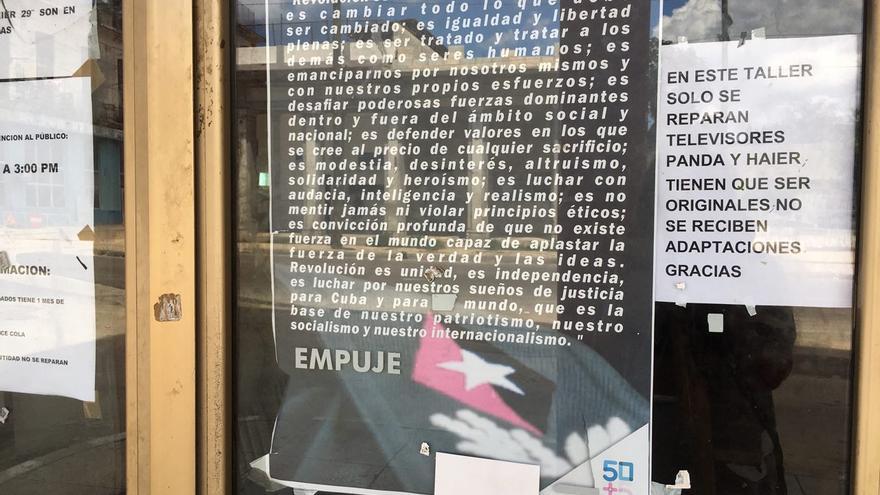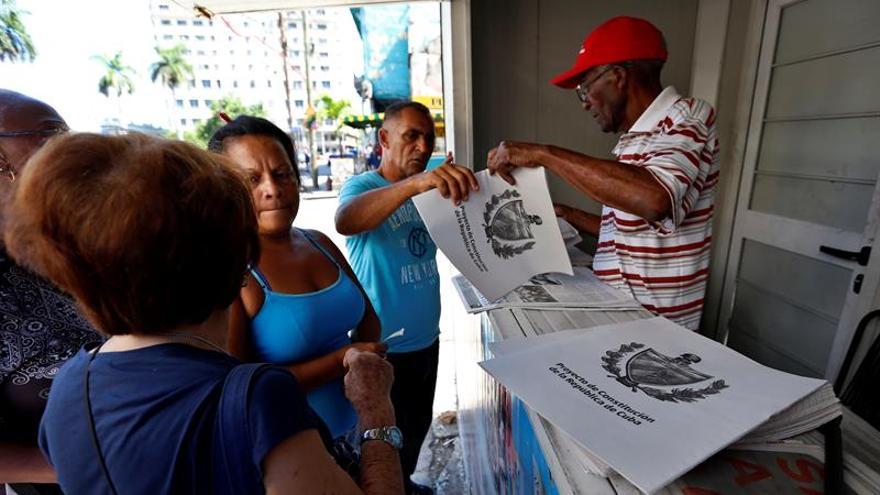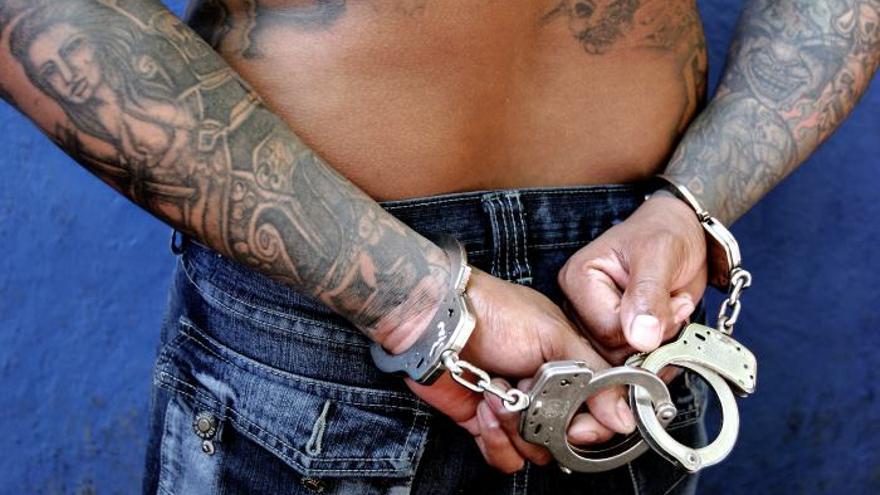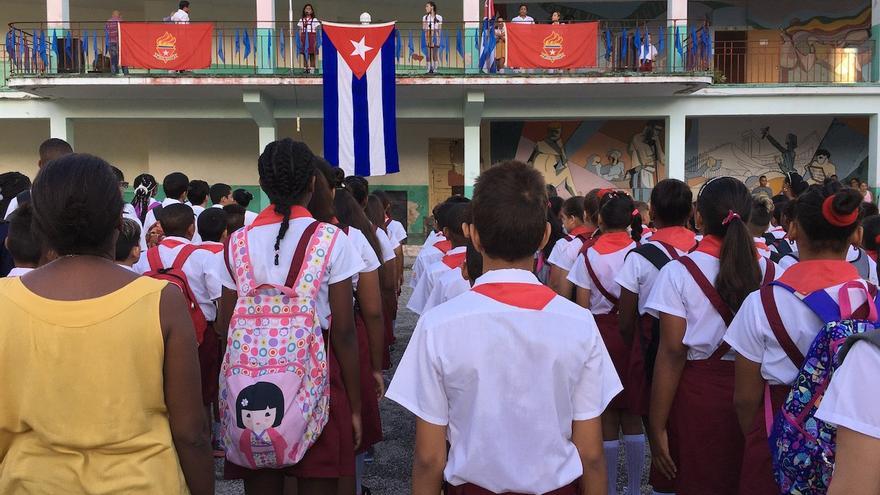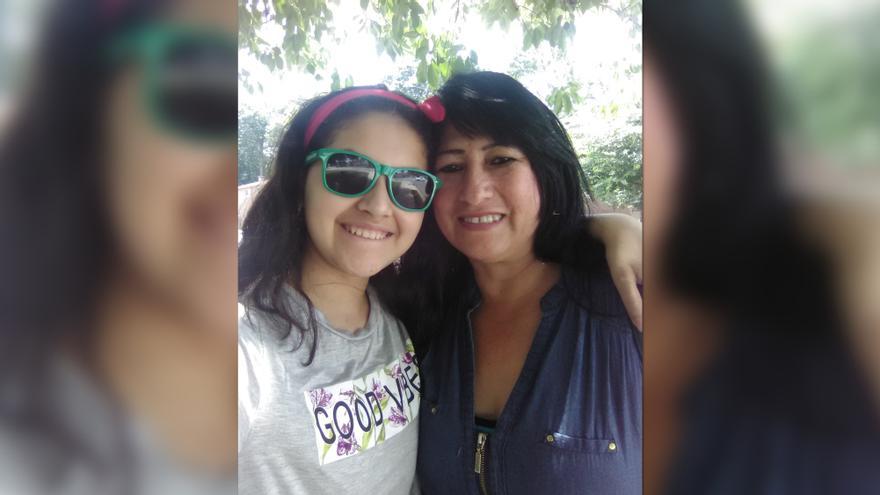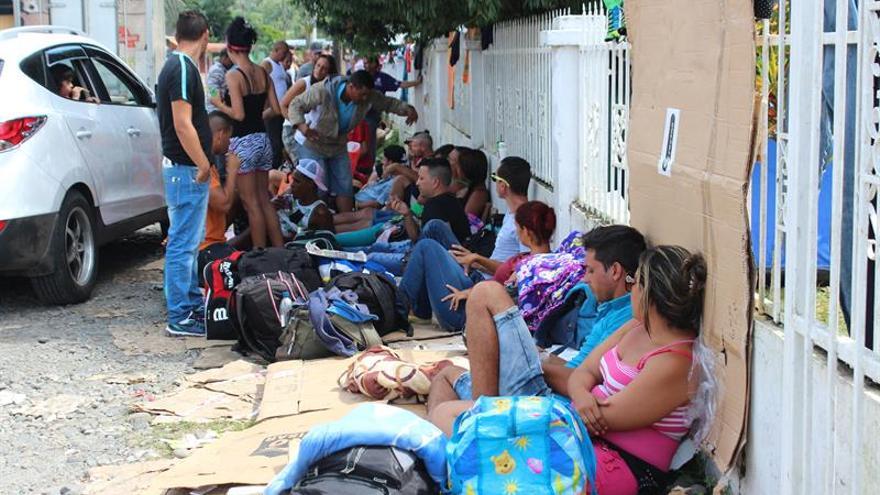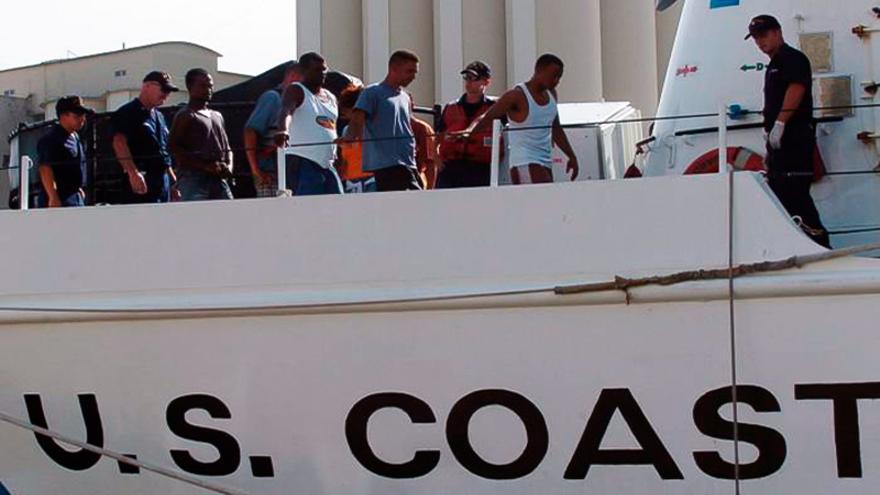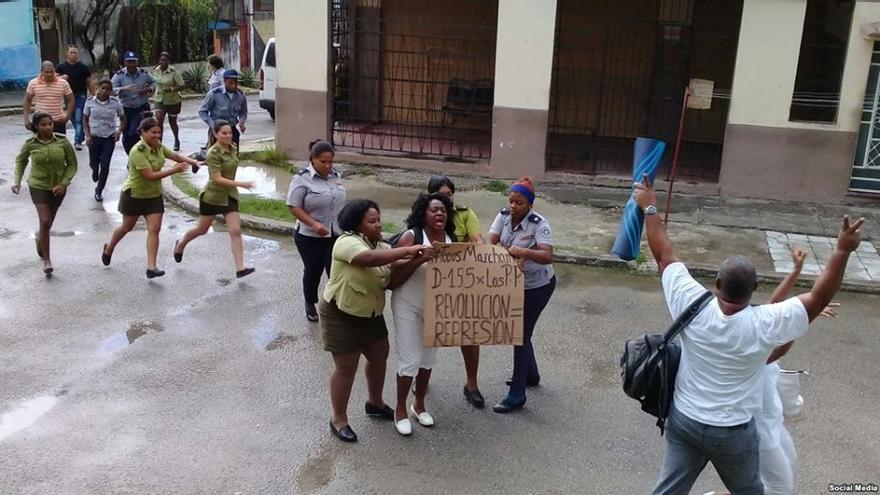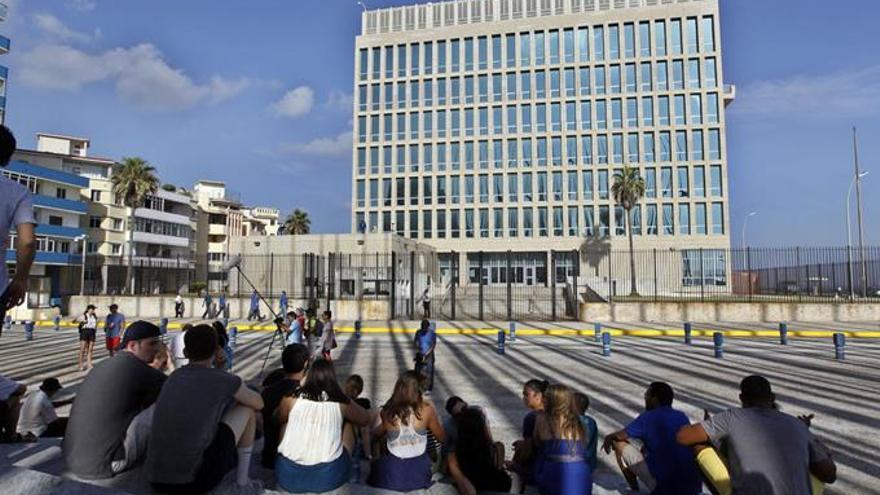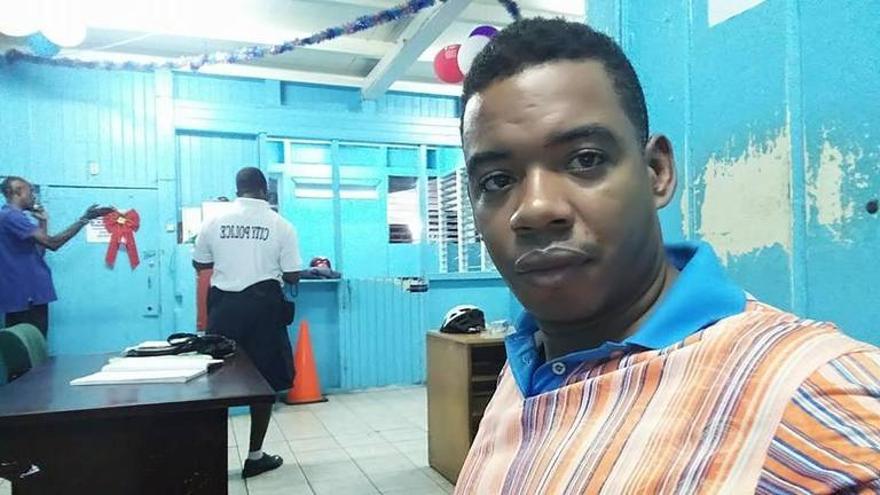Artemisa province is the principal supplier of dairy products to the black market in Havana. From the glass of milk that many families have for breakfast to a good portion of the cheese used by private pizzerias, it all comes from that vast plain of red earth that has been called the garden of Cuba because of the fertility of its soils.
Osmani Cepero, 32, who lives in Artemisa, is considered a “master cheesemaker” after two decades of experience in the production of that much desired food. “I started together with my father and I have already trained my own children in these tasks,” says the producer, who every month manages to extract from his kitchen a dozen cheeses “some fresh and others more cured,” he says. He sells most of of them to restaurants, coffee shops and private homes. continue reading
“The problem is that cheese is a product with high demand but it is only sold in stores in hard currency or in some state stores in Cuban pesos,” says Cepero. “The farmers are strictly forbidden from selling it because it is a monopoly of the State.”
In the network of Cuban stores, one kilogram of Gouda-style cheese, imported from Poland, Germany or Canada, can cost up to 9 CUC (cuban convertible pesos, worth roughly $1 US each), while the product that Cepero manufactures is sold at 2 CUC per kilo. “Of course, the difference is brutal and that is why many self-employed people prefer to buy from us.”
However, the State has established strict controls over milk production in the area and the farmers are obliged to sell most of their milking to the government. “We’re just supposed to keep the amount we need for our own consumption,” Cepero says.
At the end of last year there were just over 4 million head of cattle in the island and, in 2016, 425 million liters of milk were produced, 12% more than in 2015 but still far from the figures needed to relaunch a sector that suffered hard with the fall of the socialist camp and the economic crisis of the 90s.
Last August, while transporting five cheeses hidden in several boxesin a cart, a police officer stopped Cepero and asked for an explanation. The encounter resulted in a fine and the confiscation of the cheeses. “I lost weeks of work but I came out of it OK since they did not search the house to take the rest away.”
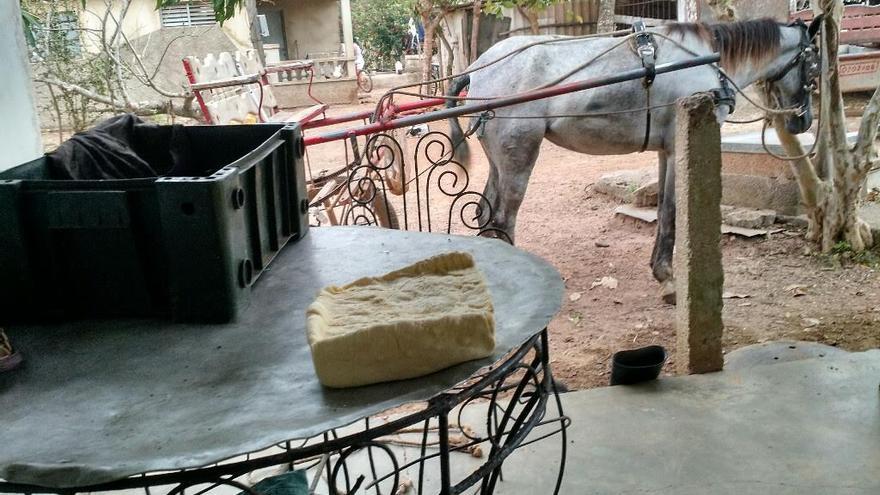
In San Antonio de los Baños the yogurt production business has turned into a real industry of preparation, gathering of packaging, transportation and sale.
The entire family of Ernestina, 58 years old, works in the alternate production of yogurt. “We begin by collecting the liter and a half bottles, those that people call cucumbers, and in which we package the product,” she explains to this newspaper. “Before, we also sold fresh milk but the yogurt stands up better to transport.”
Ernestina’s clients are, for the most part, residents of San Antonio de los Baños and Havana with small children or elderly people in the family. “This helps them complete breakfast or have a snack,” she explains. “We have many buyers who are parents of children over 7 years of age who are no longer given milk by the rationed market.”
The milk that is distributed to the smallest ones comes, for the most part, from the private producers of the area and also from the state dairy farms. The island has about 120,000 ranchers, but their work is hampered by inclement weather, such as hurricanes and drought, instability in the supply of feed or technical problems such as poor refrigeration, which causes much milk to be lost between the producer and its arrival at the dairies.
Artemiseños complain that the rationed milk “each time it comes, it is more watered down because the owners of the cows adulterate it to meet delivery quotas but keep a bit for private business,” assures Ernestina. For a liter of milk, the State pays a producer a price that ranges between 0.15 and 0.18 CUC, while in the black market the same amount can sell for approximately 0.50 CUC.
Next to the road that leads to San Antonio de los Baños, a young man holds in his hand a large cheese of about five pounds. “This is quite cured and has a lot of demand among people who make pizzas,” explains the artemiseño. Resident of a nearby farm, the family is totally dedicated to this production.
“In this area you live off the cheese, the yogurt and the guava bars that are offered at the edge of the road,” he explains. “Those who have more luck have already made contacts to sell their goods directly to the owners of restaurants.” Others “get on the train once or twice a week to sell in Havana.”
The train can be a real rat trap in the days of police operations. “There are many controls and when the guards see someone with very large briefcases, they quickly search them,” says the young man. “Of every ten cheeses that we make, we are losing two or three because of confiscations.”
Neverhteless, despite the risks, countless pounds of cheese, bottles of yogurt and liters of fresh milk arrive daily in the Cuban capital. “Artemisa is the dairy of Cuba,” says the young man, “a clandestine dairy, but a dairy.”
Translated by Wilfredo Díaz Echevarria
_______________________________________
The 14ymedio team is committed to serious journalism that reflects the reality of deep Cuba. Thank you for joining us on this long road. We invite you to continue supporting us, but this time by becoming a member of 14ymedio. Together we can continue to transform journalism in Cuba.
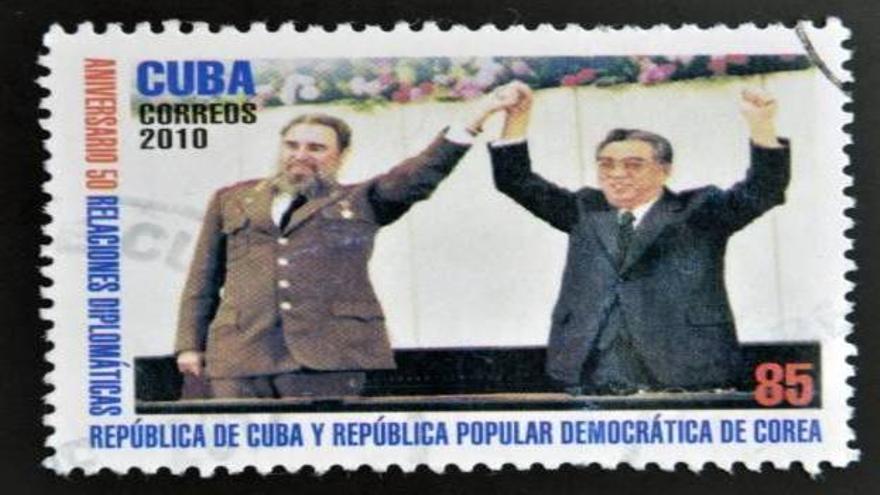
![]() EFE/14ymedio, Havana, 4 October 2018 – Next week Cuba will issue the first stamp dedicated to Fidel Castro since the death of the former leader almost two years ago, according to reports from the state entities Correos de Cuba (Cuba’s Post Office) and the Federación Filatélica (Philatelic Federation) speaking to media in Havana.
EFE/14ymedio, Havana, 4 October 2018 – Next week Cuba will issue the first stamp dedicated to Fidel Castro since the death of the former leader almost two years ago, according to reports from the state entities Correos de Cuba (Cuba’s Post Office) and the Federación Filatélica (Philatelic Federation) speaking to media in Havana.


